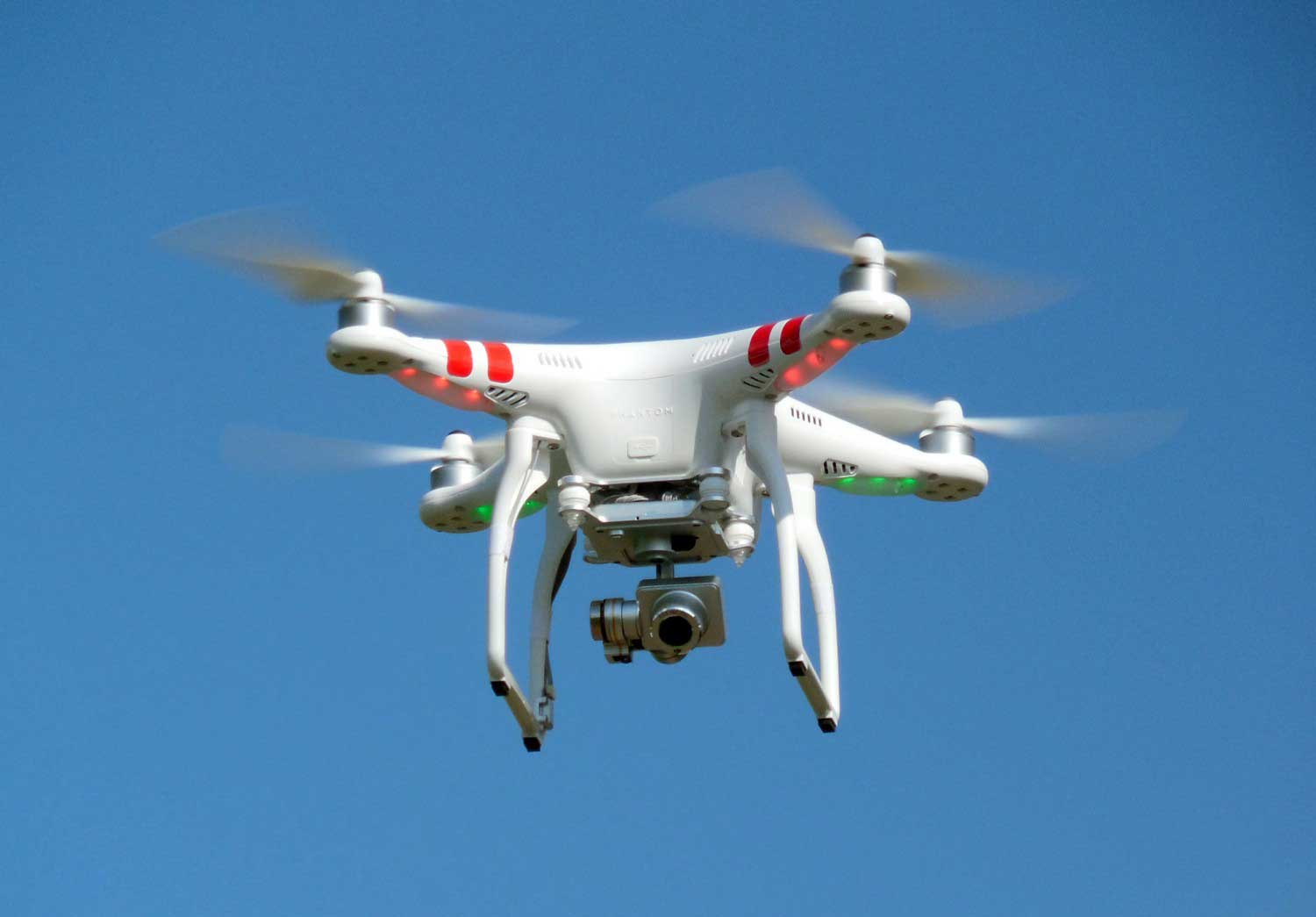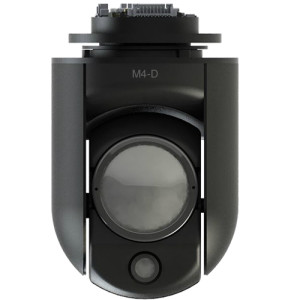Since our article last November about Infrared Cameras for Agriculture, the FAA has slowly been moving forward with their overdue promised legislation to use thermal surveillance drones in a farming capacity. Finally, the FAA granted a permit to fly drones for crop surveillance in Spokane, Washington earlier this month. (The FAA has also issued permits for real estate and feature film use under the Section 333 decree: “Special Rules for Certain Unmanned Aircraft Systems“). This is a small yet relevant step forward in the future use of using thermal surveillance drones.
According to a recent ABC news report, a projected 80% of commercial drone use will be specifically for agricultural purposes (once the government allows it). That is HUGE and could forever change the way people farm, herd and maintain land. However, keeping in mind security risks in recent discussion and now a drone crashing onto the white house lawn, more elected officials are calling for the FAA to more finely tune their often ambiguous guidelines for drone use.
While the debate continues, however, lobbyists for use of drones in everyday life are not going anywhere anytime soon.
How Can Thermal Surveillance Drones Help Agriculture/Border?
The following examples are just scratching the surface of how thermal surveillance drones can help improve our agriculture.
- Crop Surveys
Many farmers face the issue of too many crops and not enough manpower/hours to evaluate it. Thermal surveillance drones can facilitate crop management to include assessing crop height, whether there is enough fertilizer on the ground, if there are pests present or if there are irrigation issues. Right now some farmers have been using satellite technology, but it does not offer as clear and concise a picture as a drone flyover can. - Herd Health, Security & Surveillance
Often times cattle ranchers have to drive their stock to new fields for grazing and management. With limited resources, it’s often hard to track the herd in an efficient manner, or cows become lost or separated from the herd. Using thermal surveillance drones can improve herd surveys considerably, locating the animals in the dark without having to use floodlights and vehicles which may spook the animals. Thermal cameras can also easily detect temperature in the stock, to identify sick animals and bring them in for healing. They can also detect potential predators, such as wolves or coyotes that may be a threat to aged, ill or young members of a flock. - Waterway & Fish Assessments
Researchers can safely assess water depth, school sizes and other variables in a non-invasive manner. They may also use certain drones that can land on water to determine water quality as well.

Thermal surveillance drones can assist in cattle management





